Uncommon traps and deoptimization are HotSpot implementation details. You won't find them in a standard interface like JVM TI (which is designed for a generic virtual machine, not just HotSpot).
As suggested in my previous answer, one possible way to diagnose deoptimization is to add -XX:+UnlockDiagnosticVMOptions -XX:+LogCompilation options and to look for <uncommon_trap> in the compilation log.
Another approach is to trace deoptimization events with async-profiler.
To do so, use -e Deoptimization::uncommon_trap_inner.
This will show you the places in Java code where deoptimization happens, and also timestamps, if using jfr output format.

Since JDK 14, deoptimization events are also reported natively by Flight Recorder (JDK-8216041). Using Event Browser in JMC, you may find all uncommon traps, including method name, bytecode index, deoptimization reason, etc.

The overhead of all the above approaches is small enough. There is usually no problem in using async-profiler in production; JFR is also fine, if the recording settings are not superfluous.
However, there is no much use in profiling deoptimizations, except for very special cases. This is absolutely normal for a typical Java application to recompile methods multiple times, as long as the JVM learns more about the application in runtime. It may sound weird, but uncommon traps is a common technique of the speculative optimization :) As you can see on the above pictures, even basic methods like HashMap.put may cause deoptimization, and this is fine.

